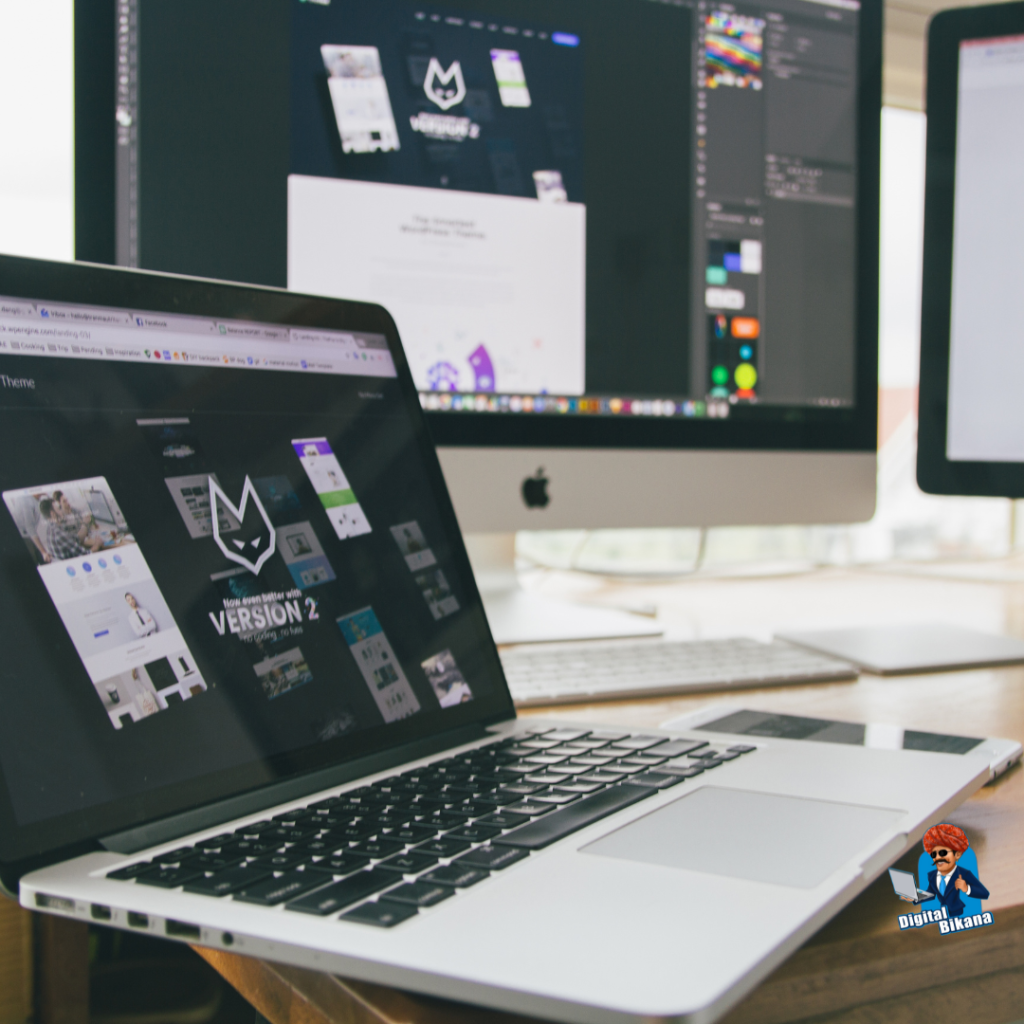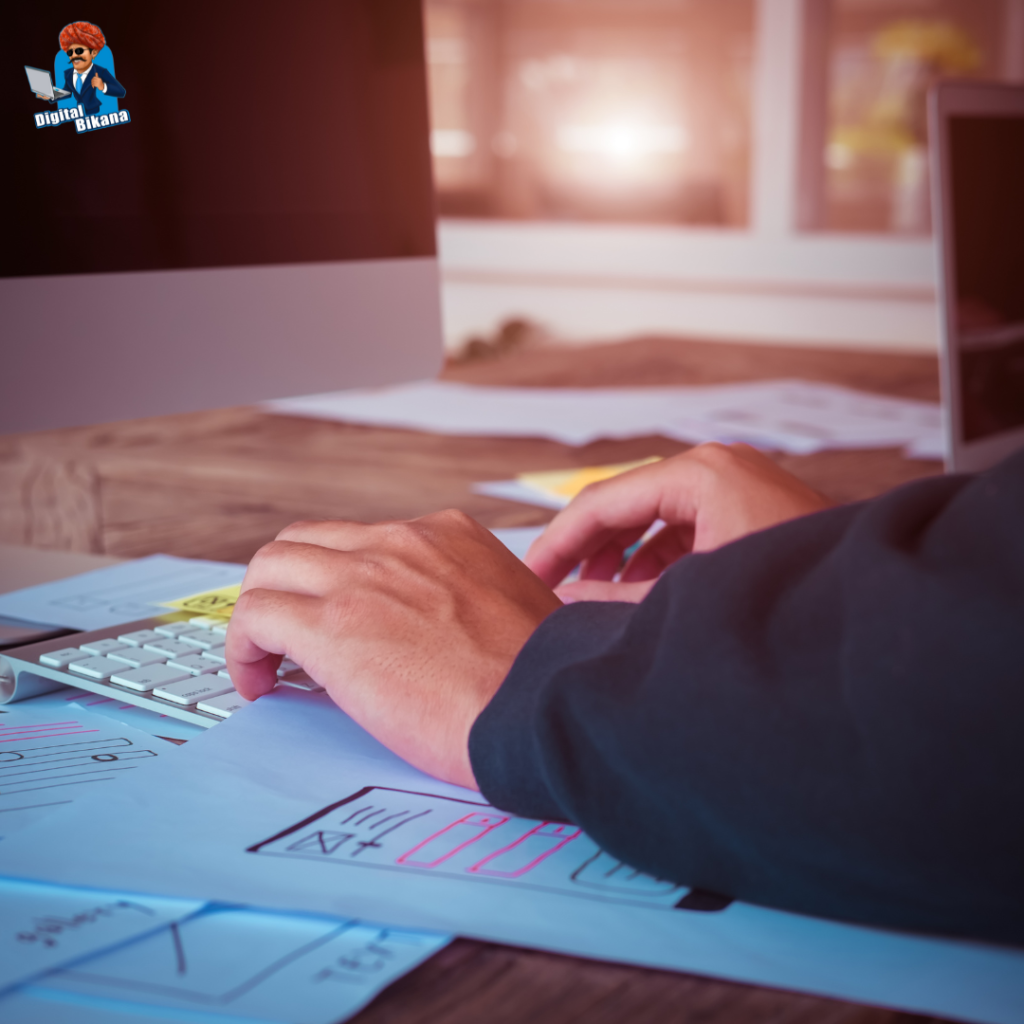What are widgets and how can you use them in WordPress website designing?
In this article What are widgets and how can you use them in WordPress website designing? Widgets are powerful tools that allow you to add functionality and customize the layout of your WordPress website without any coding knowledge. They are modular components that can be easily added, rearranged, and configured within designated areas of your website, such as sidebars, footers, and widgetized areas.
What are widgets and how can you use them in WordPress website designing?
In this comprehensive guide, we will explore what widgets are and how you can effectively use them in WordPress website designing. From enhancing user experience to adding dynamic content, widgets provide endless possibilities for creating a visually appealing and functional website.
1. Understanding Widgets
Widgets are small, self-contained modules that perform specific functions and can be added to widgetized areas on your WordPress website. These areas are predefined by your theme and typically include sidebars, header, footer, and other designated widget areas. Widgets can display a wide range of content, such as text, images, menus, social media feeds, calendars, search bars, and more.
2. Accessing and Managing Widgets
To access and manage widgets in WordPress, navigate to the “Appearance” section in the WordPress dashboard and click on “Widgets.” Here, you will find a list of available widgets and the widget areas defined by your theme. You can simply drag and drop widgets into the desired widget areas or click on them to configure their settings.
3. Popular Widget Areas
a. Sidebar Widgets
Sidebar widgets are commonly used to display additional content alongside the main content of your website. They can include categories, recent posts, popular posts, tags, search bars, and custom menus. Sidebar widgets offer an excellent opportunity to improve navigation and engage users with relevant information.
b. Footer Widgets
Footer widgets appear at the bottom of your website and can be used to display copyright information, contact details, quick links, social media icons, newsletter sign-up forms, or any other content you want to showcase in the footer area.
c. Header Widgets
Some themes provide header widget areas where you can place widgets to display elements such as a call-to-action button, a search bar, contact information, or a custom menu.
d. Widgetized Page Templates
Some themes offer specific page templates that allow you to create unique layouts by adding widgets to predefined areas on individual pages. This flexibility can be particularly useful for creating landing pages or showcasing specific content.

4. Customizing Widgets
WordPress provides various options to customize widgets and make them blend seamlessly with your website design. When configuring a widget, you can typically customize its title, content, layout, and style to match your branding and overall design aesthetics.
a. Widget Titles
You can modify the title of each widget to make it descriptive or visually appealing. Some themes also offer styling options to change the font size, color, and style of widget titles.
b. Widget Content
Depending on the type of widget, you can customize its content by adding text, images, HTML, or selecting specific options from the widget settings. For example, a text widget allows you to add text or HTML code, while an image widget lets you upload and display an image.
Read Also: How can you create a sitemap for a WordPress website?
c. Widget Layout
WordPress themes often provide layout options for widgets. You can choose from columns, grids, or other predefined layouts to arrange multiple widgets within a widget area.
d. Widget Styling
If you have some CSS knowledge or are using a theme that offers widget styling options, you can further customize the appearance of widgets by applying custom styles. This allows you to match the widget’s design with your overall website branding.
5. Extending Widget Functionality with Plugins
WordPress offers a vast library of plugins that extend the functionality of widgets, allowing you to add more features and flexibility to your website design. Here are a few examples:
a. Widget Visibility
Widget Visibility plugins enable you to control where and when widgets appear on your website. You can set visibility rules based on factors like page/post types, categories, tags, user roles, and more. This allows you to target specific content and personalize the user experience.
b. Social Media Integration
Social media plugins provide widgets that display your social media feeds, follow buttons, share buttons, or social media profile links. These widgets allow visitors to connect with your social media accounts and share your content easily.
c. Advanced Custom Fields
Advanced Custom Fields plugin enhances the functionality of widgets by adding custom fields to the widget settings. This allows you to create more complex and dynamic widgets, such as testimonials, event listings, or product showcases.
Read Also: Best practices for designing the header and footer of a WordPress website
6. Best Practices for Widget Usage
To make the most of widgets in your WordPress website design, consider the following best practices:
a. Keep it Minimal
Avoid cluttering your website with too many widgets. Focus on adding widgets that enhance user experience and provide valuable information.
b. Consistency in Design
Ensure that your widget design and styling align with your overall website design. Consistent use of fonts, colors, and layout will create a cohesive and visually pleasing experience for your visitors.
c. Mobile-Friendly Widgets
Opt for responsive widgets that adapt to different screen sizes and mobile devices. This ensures a smooth experience for users on all devices.
d. Regularly Review and Update
Periodically review your widgets to ensure they are still relevant and functional. Remove any outdated or unnecessary widgets to keep your website streamlined.

Conclusion:
Widgets are powerful tools that empower you to customize and enhance the design and functionality of your WordPress website. By utilizing widgets effectively in sidebar, header, footer, and other widget areas, you can improve user experience, navigation, and engagement. Take advantage of customization options to match your branding and design aesthetics, and consider plugins to extend widget functionality further. Remember to maintain a minimal and consistent design approach, and regularly review and update your widgets for optimal performance. With the right understanding and utilization of widgets, you can create a visually appealing and functional WordPress website that captivates your audience and delivers a seamless user experience. So, Now I hope you have understood about widgets and how can we use them in WordPress website designing.
You can also checkout this website designing institute to learn digital marketing course by enrolling in our course Or Contact Digital Bikana on +91-8949483728

